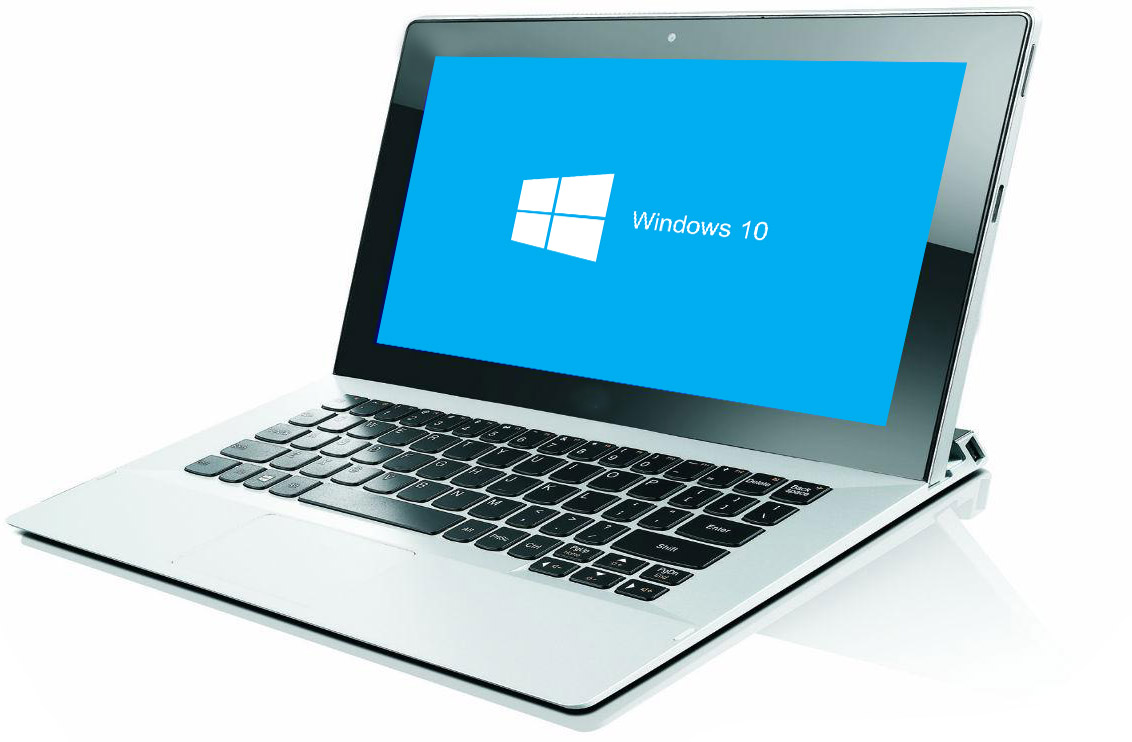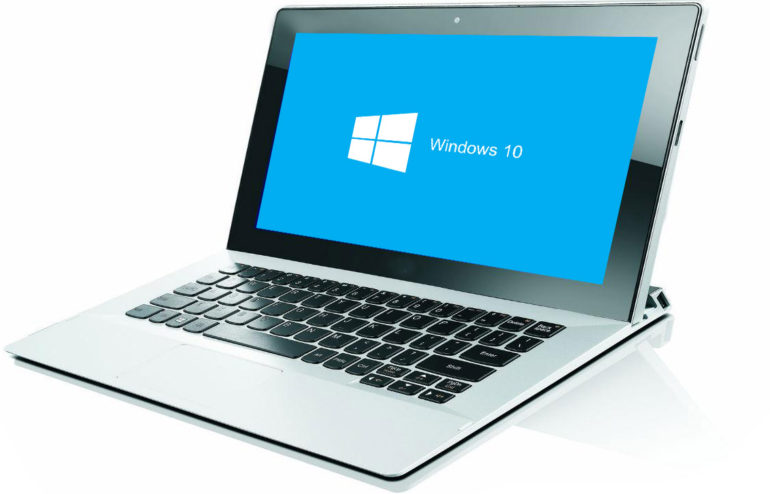Windows 10, What it Means to Community Banks and Credit Unions

For nearly the past year Microsoft has been gearing up for the upcoming release of Windows 10. It will be the direct successor to the much maligned Windows 8, and a more spiritual successor to Windows 7. If you have seen Windows 9 in the wild, please let us know. It seems to have disappeared from Microsoft’s grand vision.
If you are reading these words on a desktop in mid-2015, there is a very good chance you are doing so on a Windows 7 machine. Hopefully, you are not still using a Windows XP device. If you are, fingers crossed in hopes that your auditor doesn’t know about it. Statistically speaking though, you probably are NOT using Windows 8.
The banking industry (perhaps even more so than the US at large) seems to have largely skipped out on Windows 8. By my recent count of NetComply client endpoints running a Desktop operating system, roughly 0.4% are currently running Windows 8 or 8.1. Put another way, for every 250 endpoints roughly one of those is running Windows 8. In fact, there are currently three times more Windows XP than Windows 8 devices within our NetComply clients. Thankfully, none of those XP devices are on your network! Right?
Given that Windows 7 was first released in July of 2009, one need not read too deeply to see Microsoft is expecting to upgrade many existing devices to Windows 10. Interestingly, Microsoft has indicated that it will provide free upgrades to Windows 10 for existing installs of Windows 7 and 8 on the consumer side. This may lend further credence to the theory that they are expecting to make up the difference in revenue from the business and enterprise side.

Dispelling 5 IT Outsourcing Myths within Financial Institutions
Learn why five of the most commonly believed “facts” about IT outsourcing within community financial institutions are actually myths.


